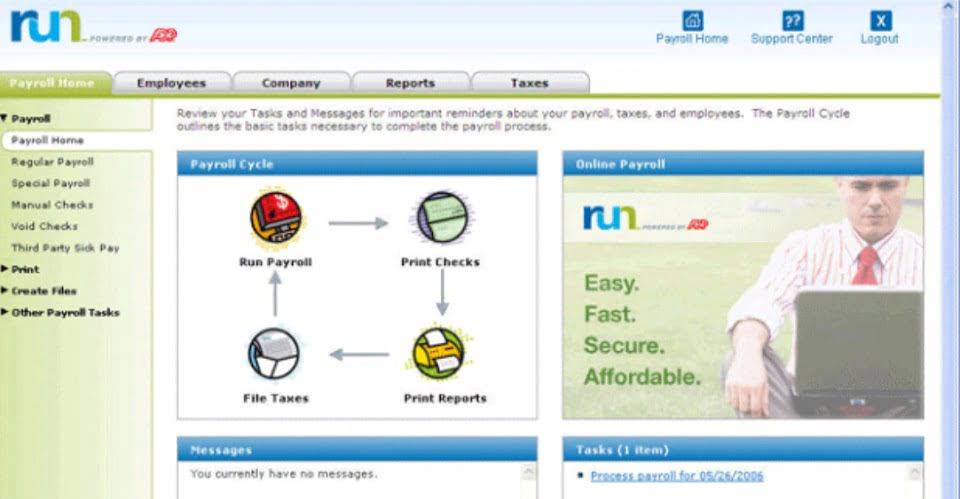
The production needs to go through multiple processes which they called the departments. The finished material of one process constitutes the raw material of the next. Therefore, as the finished material is transferred to the next process, the cost of each process is also transferred, until it ends in the finished stock account.

In a process costing system, there are three different ways to calculate costs. This can be done either using the weighted average method, standard costing method, or the first-in-first-out (FIFO) method. It is usually good accounting practice to carefully select the process costing method that best meets a business’s needs. Process costing also relies on equivalent unit calculations, which are derived by allocating costs to unfinished goods at the beginning and end of an accounting period. On balance sheets, companies include the value of this work in the process.
What are the Advantages of Process Costing?
Process Costing will allocate same overhead cost to all product, which will result in less accurate and it will impact to product cost and selling price as well. As a result, our selling price will be much higher or under the market, it will impact to our profit. Management can review each cost of the assembly line and make any change if necessary. Assembly lines can be combined or separated based on actual production and resource management. It is much easy for management to spot the weakness of each process by comparing their cost and output.

However, rather than observing work in process as being made up of many individual/discrete jobs, see that it instead consists of individual/discrete processes like melting, skimming, and extruding. Ore is introduced in the melting stage, alloys in the skimming stage, etc. (this is equally true for labor and overhead). This necessitates the employment of a separate Work in Process account for each major manufacturing activity. Examine the graphic below that compares job and process costing, noting in particular the difference in how costs are shifted out of work in process.
First in, first out (FIFO) method
All production costs will be accumulated and allocate equally to all products by assuming that they are consumed the same resource. Accountants will calculate the total overhead cost process costing examples of each month and separate them to each finished product at the month-end. Under process costing, the procedure used to manufacture a product is divided into well-defined processes.

Or, if you own your home, you may want to consider using a home equity loan to pay off your high-interest credit card balances to save money over the long run. That can be difficult to deal with in today’s inflationary environment. After all, higher prices of consumer goods and services may already be squeezing your budget. And if you’re tired of carrying balances on your credit cards from month to month, you may be looking for the cheapest ways to pay off your debt. Common costs are apportioned on basis of the sales value of Joint product produced when they are separated in process. Joint products are two or more products generated simultaneously, by a singe manufacturing process, using common input, and being substantially equal in value.

Recent Comments